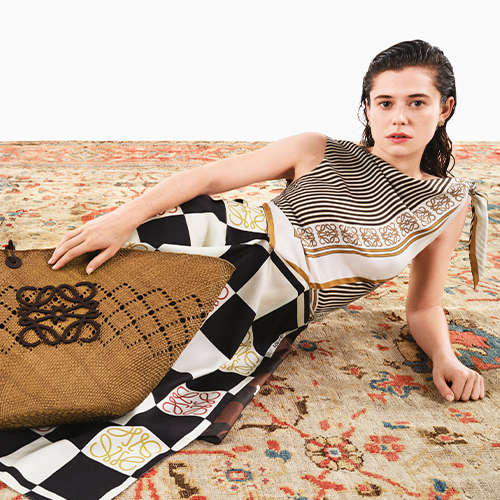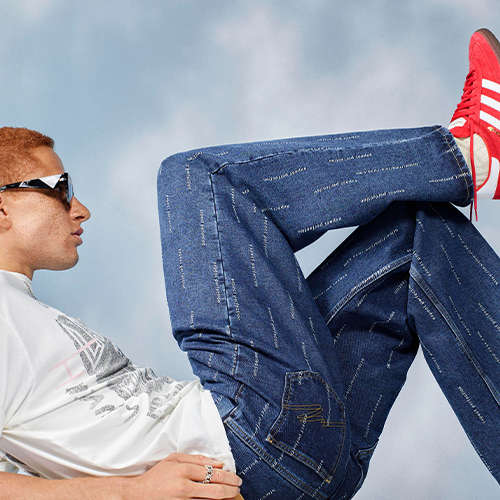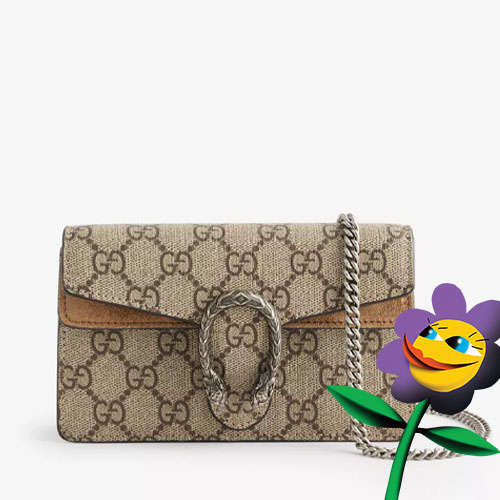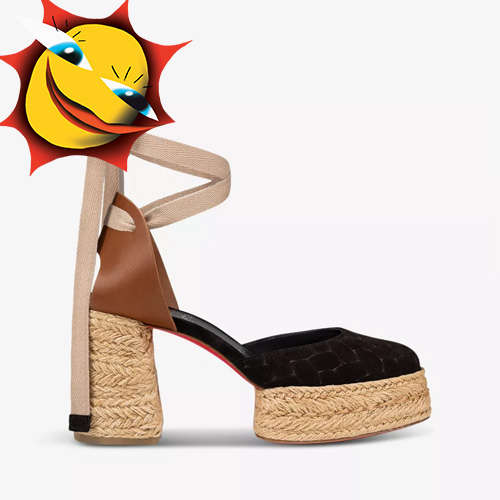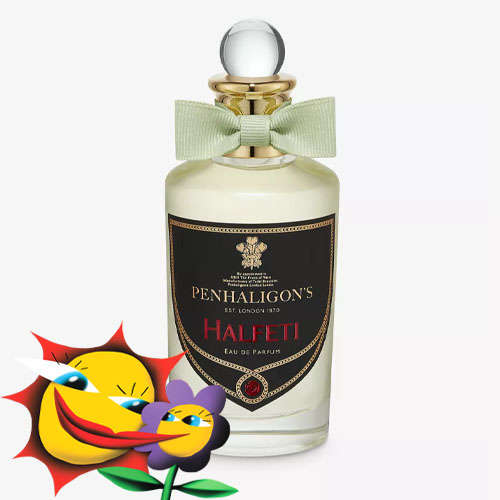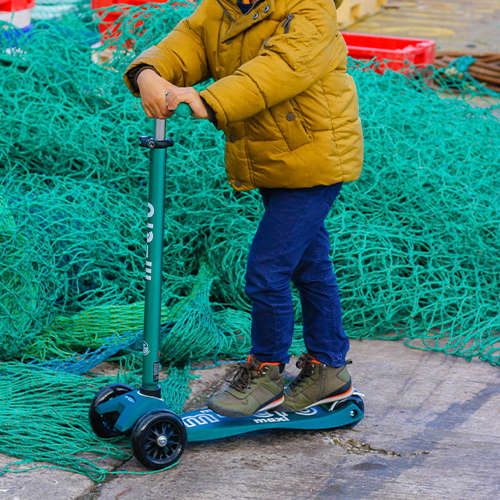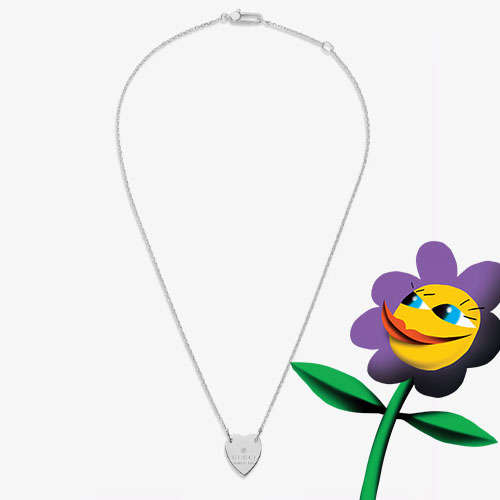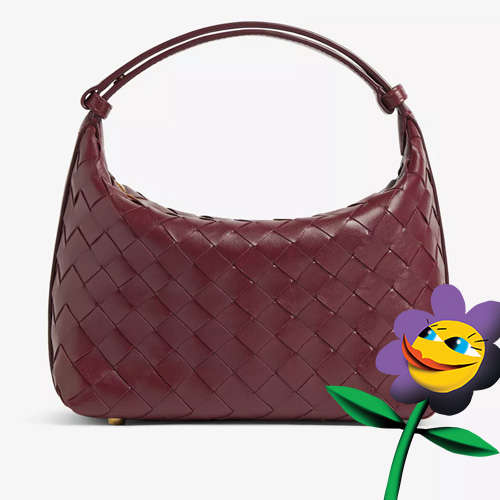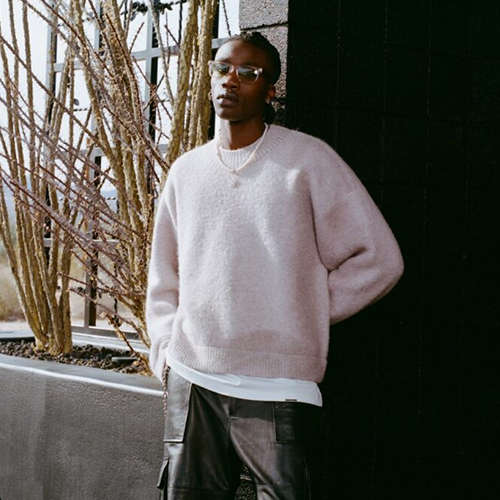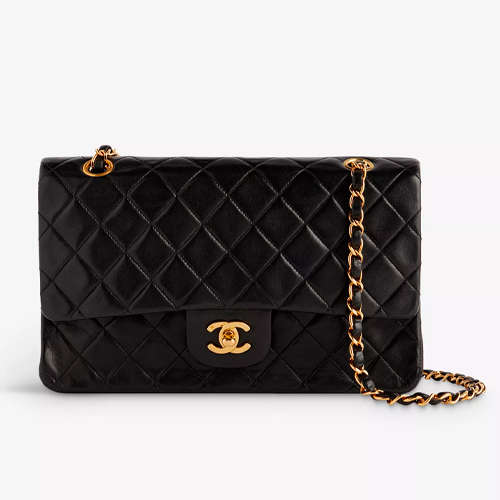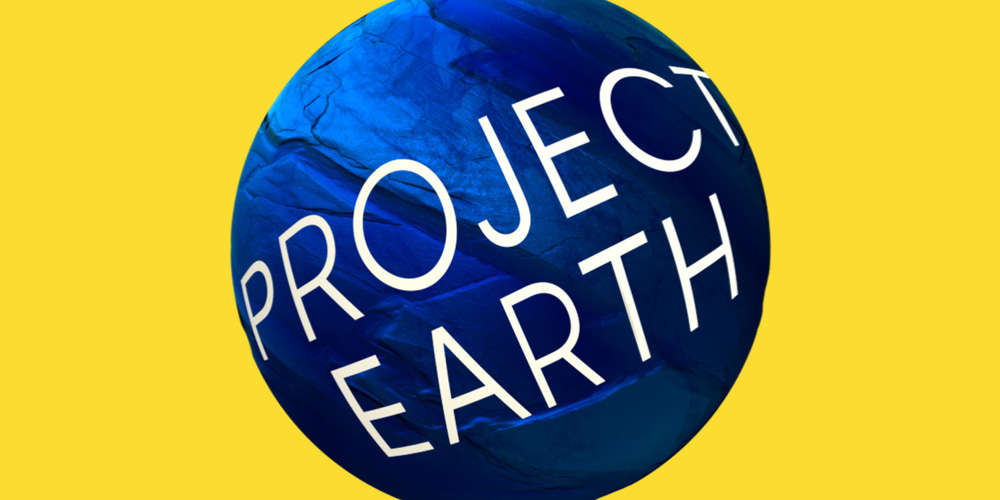- Australia / AUD $
- Canada / CAD $
- China / CNY ¥
- France / EUR €
- Germany / EUR €
- Hong Kong SAR China / HKD $
- Ireland / EUR €
- Italy / EUR €
- Japan / YEN ¥
- Kuwait / USD $
- Macao SAR China / HKD $
- Netherlands / EUR €
- Qatar / USD $
- Saudi Arabia / USD $
- Singapore / SGD $
- South Korea / KRW ₩
- Spain / EUR €
- Taiwan / TWD $
- United Arab Emirates / USD $
- United Kingdom / GBP £
- United States / USD $
- Not yours? Read more
Tell us what you think
Shop in your local currency and language
You are currently in United States US / USD $ store
- English
- English
- English
- English
- English
- English
- English
- English
- English
- English
- English
- English
- English
- English
- English
- English
- English
- English
- English
- English
- English
Did you know that we deliver to 130 countries or regions and offer a range of delivery options to suit you wherever you are in the world? Find out more
Sign up once to our Selfridges+ service and you can enjoy unlimited deliveries wherever you are in the world. FIND OUT MORE
International delivery
With almost everything on selfridges.com available for International Delivery, you can send your order to 130 countries or regions around the world, including North America, Australia, the Middle East and China.
Although we only offer 20 currencies to browse in online, you can still deliver to all of the following countries or regions:
- Algeria
- Andorra
- Antigua and Barbuda
- Aruba
- Australia
- Austria
- Azerbaijan
- Bahrain
- Bangladesh
- Barbados
- Belarus
- Belgium
- Belize
- Bermuda
- Bolivia
- Botswana
- Brunei
- Bulgaria
- Cambodia
- Canada
- Cayman Islands
- Chile
- China
- Colombia
- Costa Rica
- Croatia
- Cyprus
- Czech Republic
- Denmark
- Dominica
- Dominican Republic
- Ecuador
- Egypt
- El Salvador
- Estonia
- Finland
- France
- French Guiana
- Germany
- Gibraltar
- Greece
- Grenada
- Guadeloupe
- Guatemala
- Guernsey
- Guyana
- Honduras
- Hong Kong
- Hungary
- Iceland
- India
- Indonesia
- Ireland
- Israel
- Italy
- Jamaica
- Japan
- Jersey
- Jordan
- Kazakhstan
- Kenya
- Kuwait
- Laos
- Latvia
- Lebanon
- Lesotho
- Liechtenstein
- Lithuania
- Luxembourg
- Macau
- Malaysia
- Maldives
- Malta
- Martinique
- Mayotte
- Mexico
- Monaco
- Montserrat
- Morocco
- Myanmar
- Namibia
- Netherlands
- New Zealand
- Nicaragua
- Nigeria
- Norway
- Oman
- Pakistan
- Panama
- Paraguay
- Peru
- Philippines
- Poland
- Portugal
- Puerto Rico
- Qatar
- Reunion
- Romania
- Rwanda
- Saint Kitts and Nevis
- Saint Lucia
- Saint Martin (French part)
- San Marino
- Saudi Arabia
- Serbia
- Singapore
- Slovakia
- Slovenia
- South Africa
- South Korea
- Spain
- Sri Lanka
- Suriname
- Swaziland
- Sweden
- Switzerland
- Taiwan
- Tanzania
- Thailand
- Trinidad and Tobago
- Turkey
- Uganda
- Ukraine
- United Arab Emirates
- United Kingdom
- United States
- Uruguay
- Venezuela
- Vietnam

PAMELA ANDERSON
A SUSTAINABLE JOURNEY
Words: Charlotte Core, Photographer: Rosie Marks, Director: Timothy George Kelly
As we continue to celebrate the launch of Selfridges Project Earth, our new initiative which explores more sustainable ways to shop, we speak to icon and lifelong activist Pamela Anderson about how she uses her headline-grabbing name and global following to create change.
Of all the places you’d expect to spot Pamela Anderson, the grounds of one of London’s oldest and most prestigious Inns of Court may not be top of the list. Yet, here we are, on a quiet, overcast day in pre-lockdown London, in the middle of Gray’s Inn Square, Holborn, watching Pamela Anderson fly past us on an electric scooter.
But for Anderson, living up to the unexpected has become something of a trademark modus operandi. On the one hand, she’s known as the woman most likely to be seen on on a teenage boy’s bedroom wall throughout the Nineties. On the other, she’s an activist trailblazer who’s as at home on the climate change frontline with Vivienne Westwood as she is the mouthpiece for WikiLeaks founder Julian Assange.
And, a couple of baffled barristers notwithstanding, our day with Pamela Anderson is equally enlightening. While we all know her for that swimsuit from that television series, she has since spent her career using her celebrity status to raise awareness for the causes she believes in, including campaigning against animal abuse, exposing human trafficking and halting rainforest deforestation. Imbued with Anderson’s permanent happy-go-lucky air, her activism feels genuine without being too preachy. “Nobody’s perfect,” she tells us. “And, at the end of the day, if you can say, ‘I did more good than bad’, that’s a good thing.”
It was a letter to PETA (People for the Ethical Treatment of Animals), during her long-running appearance playing C.J. Parker in Baywatch (the most-watched TV show in the world at the time), that kickstarted a long-standing collaborative relationship of campaigning and protesting for animal rights. “I have been an animal activist since I was a kid,” she told W Magazine in 2017. “It was natural to share the attention when I was on Baywatch and had 150 different countries watching.”
Since then, she’s written open letters to Vladimir Putin, Justin Trudeau and Donald Trump on a number of animal and human rights causes; joined as Chair to the Sea Shepherd Society to maintain ocean biodiversity; demonstrated against caged farming in Paris and protested against open-net fish farms in British Columbia. Continuing her journey of supporting those in need, she set up the Pamela Anderson Foundation, which raises money and rallies support for a line-up of animal, human and environmental organisations close to her heart. “I’m doing my best and trying to not leave too much of a mark on this world,” she says of her activism, “except for love.”

You have a long-standing relationship with PETA. How did you first start working together?
When I began on Baywatch, I was getting a lot of international attention. I wanted to share it with something meaningful. First, I started with the LCA [the Last Chance for Animals organisation], where I fought against animal experimentation. Then, I wrote a letter to PETA to see how I could help them. I met with Dan Mathews (Senior Vice President of PETA) and Ingrid Newkirk (President of PETA), and we have done multiple campaigns together since. Every time I travelled for work, we’d tackle any animal issue in any country. [Daniel and I] spoke at parliament, took meetings in dark alleys…. We became great friends and partners in crime. We’ve done so much, but it’s an endless battle. More than ever, we can’t forget about the role we are given as humans: to be shepherds of the Earth.
What’s been the biggest challenge you’ve faced with animal rights and environmental activism?
Just that people don’t want to look at themselves. People who live in the light are always under attack. I get caught up like anyone in day-to-day life. The news, the panic, the wasted time. I’m lucky I know true warriors that inspire me to keep on fighting. And I get angry at myself at the disillusion and the distractions. The bewildered herd marching into madness… We are all here with a purpose, and we must remember that. It’s the only thing that can bring happiness and peace.
Every time I travelled for work, we’d tackle any animal issue in any country. We spoke at parliament, took meetings in dark alleys…it’s an endless battle.

Peta's 2010 'All animals have the same parts' campaign poster. Photographed by Mark Cuthbert/UK Press
How have you seen the views and stigma around sustainability shift?
Twenty years ago, it was less popular. People [back then] thought I was crazy that I wanted to do a sustainable make-up line, right down to the packaging and shipping with a portion [of profits] going to my foundation…
Tell us about the Pamela Anderson Foundation, and how you’re raising awareness about multiple causes.
I started my foundation a long time ago, but I’m a terrible fundraiser! So, I’m selling hoodies and bathing suits for now. I don’t like these fundraisers that basically pay for parties where people are actually eating meat at an environmental fundraiser. It’s hypocritical. I’m doing my best and trying to not leave too much of a mark on this world. Except for love.
You’ve said in the past that you’re a naughty vegan. Can you tell us what a naughty vegan is?
Well, no one’s perfect! Everyone knows that you’ve got to do something, so what are the solutions and where do we start? I call myself a naughty vegan because not everyone can be perfect. We all strive to be, but maybe that’s kind of unattainable. I think if you wear vintage leather shoes, but you don’t eat a hamburger, that doesn’t make you a bad person. I think if you’re eating less meat, you’re still doing well to be the bridge between people who are trying to be sustainable and those who aren’t or don’t know how to, you know? I still want a croissant here and there…even though they do make good vegan croissants now.

What are some small choices or changes people can make for a more sustainable life?
Little by little, you can start changing your habits and your lifestyle. Everything you buy has repercussions, so you might as well make a good choice when you can. And the more good choices you make, the better the world can be, and there are so many alternatives. In fashion, in food and animal rights, people are becoming a lot more aware of the cruelty that goes into making a fur coat, for instance. Givenchy has a faux-fur coat, so there we go – times are changing.
What are some of your favourite sustainable fashion brands?
I’ve known Stella for a very long time, so I’m very proud of Stella McCartney’s brand, and everyone who is trying to use different fabrics. Like I said – no one’s really wearing fur anymore, thank god, and a lot of brands have changed their ways. I have a whole storage full of vintage pieces – I never have to buy another thing. Even Vivienne Westwood, who’s a great friend of mine, says you should buy one good thing a year and, you know, share clothes, too. She’s a designer, that’s her livelihood, and she’s saying don’t buy anything!
Everyone knows that you’ve got to do something, so what are the solutions and where do we start?

How would you encourage people to start their sustainability journey?
Well, I think we’re perfectly imperfect. We have to embrace that, and there are very, very extreme people who have strong beliefs and really walk that line, but I think it’s better to not judge people who are trying. Every little bit you do is going to make a difference in the world. We all have to do the best we can and support each other in doing that.
What advice would you give to people who want to follow in your footsteps to create change?
Just do it. Read, go to museums, educate yourself. Make compassionate choices. Don’t waste another minute.
LET'S CHANGE THE WAY WE SHOP
Join us to discover the most exciting design innovations, retail concepts and thought-provoking ideas in sustainability, as we launch a series of new commitments set to radically change our business with the launch of Project Earth.

